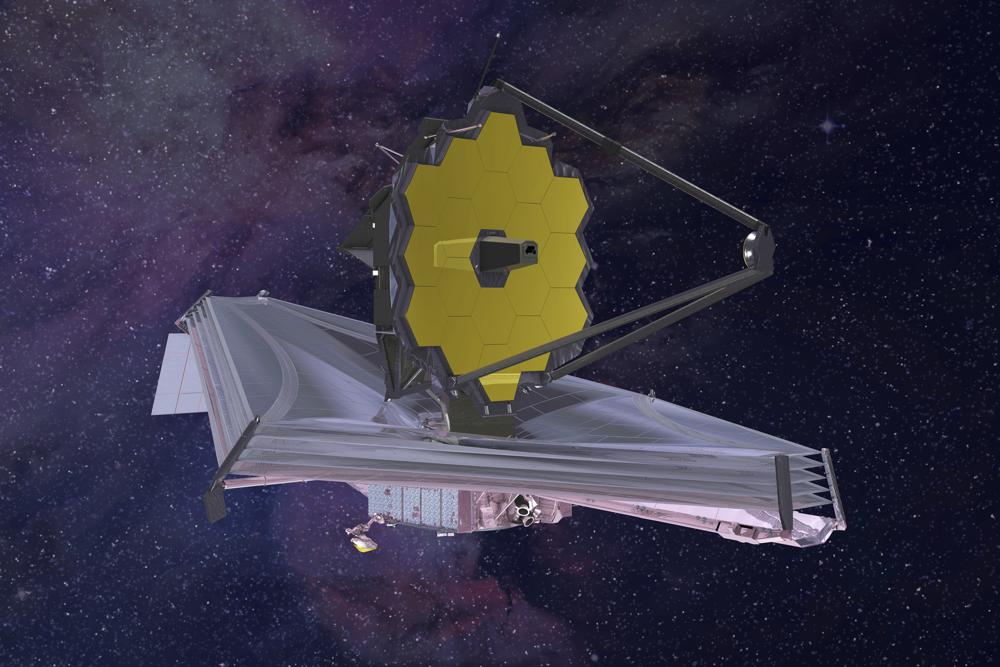
On Monday, the world’s largest and most powerful space telescope arrived at its observation station 1 million miles away from Earth, a month after it launched on a mission to see the universe’s birth.
The James Webb Space Telescope launched into orbit around the sun in its targeted location after firing its rocket thrusters for about five minutes on command, according to NASA.
Before observations can begin in June, the $10 billion observatory’s mirrors must be precisely aligned, the infrared detectors appropriately cold, and the scientific instruments calibrated.
Flight controllers in Baltimore, on the other hand, were ecstatic following yet another successful mission.
“We’re one step closer to solving the universe’s secrets.” And I’m looking forward to seeing Webb’s first new universe views this summer!” In a statement, NASA Administrator Bill Nelson said.
Astronomers will be able to peek further back in time than ever before, all the way back to 13.7 billion years ago, when the first stars and galaxies were formed. It’s only been 100 million years since the Big Bang, when the universe began.
Webb will investigate the atmospheres of extraterrestrial worlds for possible signs of life, in addition to making stellar studies.
Keith Parrish, a project manager, announced, “Webb is officially on station.” “This is just the cherry on top of an amazing 30 days.”
On Christmas Day, the telescope was launched from French Guiana. A sunshield the size of a tennis court spread open on the telescope a week and a half later. A few days later, the instrument’s gold-coated primary mirror — measuring 21 feet (6.5 metres) across — unfolded.
The main mirror comprises of 18 hexagonal segments, each the size of a coffee table, that must be meticulously aligned so that they seem as one – a three-month project.
“We’ve been a month and the baby hasn’t even opened its eyes,” Jane Rigby, the telescope’s operations project scientist, said of the infrared instruments. “But it’s the science that we’re excited about.”
The thruster fire on Monday put the telescope in orbit around the sun at the so-called second Lagrange point, where the sun’s and Earth’s gravitational pulls are balanced. While circling the sun, the 7-ton spaceship will loop-de-loop around that spot. To keep its infrared detectors as cold as possible, it will constantly face Earth’s night side.
Webb is more than four times as far away than the moon, at 1 million miles (1.6 million kilometres).The Webb is projected to last at least a decade, if not two.

Post Your Comments